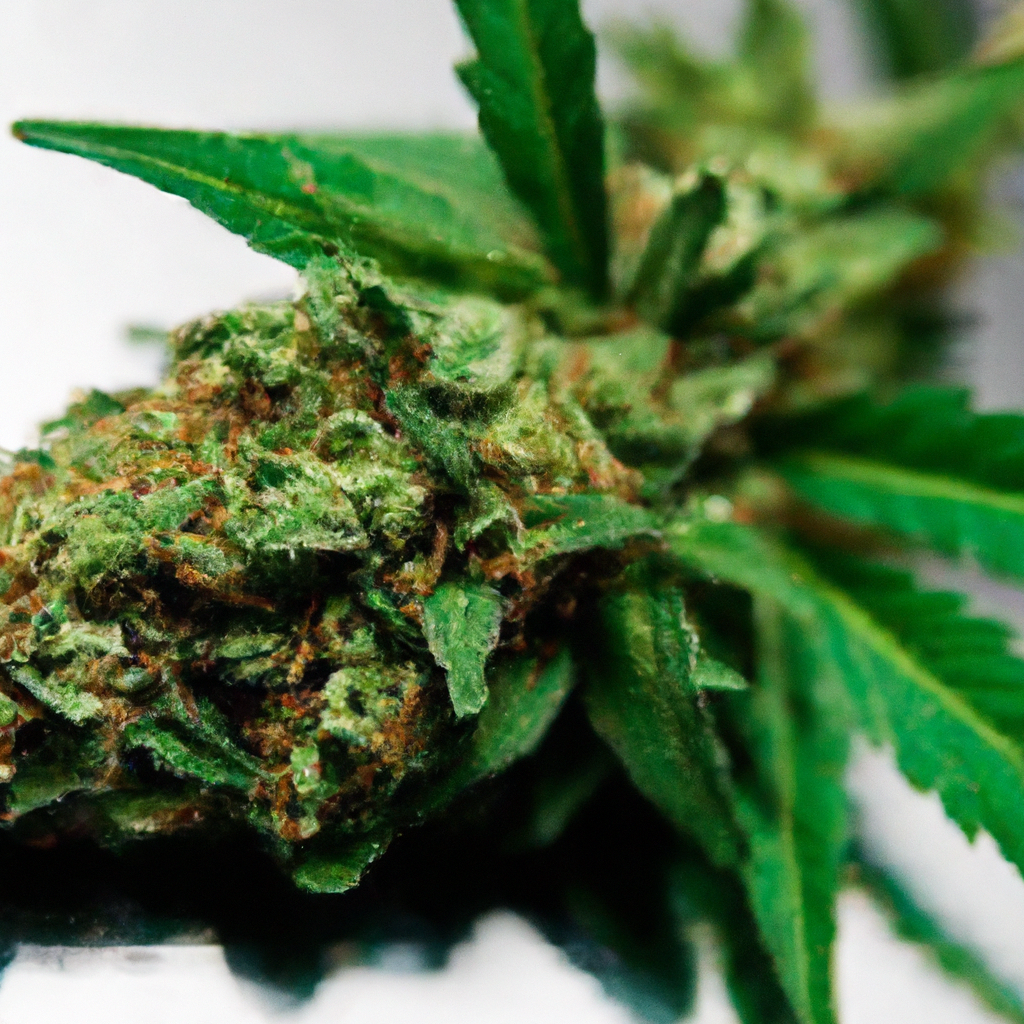Your cart is currently empty!
As cannabis becomes an increasingly integral part of modern society, it is essential to understand its historical significance. From its origins in ancient civilizations to its current status in various cultures, the path of cannabis is as dynamic as it is fascinating. This blog post delves into significant historical milestones that have shaped the evolution of cannabis, providing educational insights for both enthusiasts and scholars alike.
Early Use in Ancient Civilizations
Archaeological evidence suggests the use of cannabis dates back thousands of years. Ancient cultures in Asia were among the first to recognize its potential, utilizing it for both medicinal and spiritual purposes. Historical texts point to cannabis being used in rituals and as an essential component in traditional medicine in China, Egypt, and India.
Cannabis in the Middle Ages
During the Middle Ages, cannabis spread across Europe, primarily as an agricultural staple. It was particularly valued for its strong fibers, which were critical in textile production. This period also saw the first signs of legal restrictions, as enthusiastic consumption raised concerns among leaders wary of its psychoactive effects.
The Renaissance and the New World
The exploration of the Americas brought cannabis cultivation to new continents. Colonists used hemp for textiles, rope, and even sails. The plant’s versatile uses were recognized even more widely, marking it as an important economic asset. During this period, the fluid exchange of agricultural practices facilitated the inclusion of cannabis into various cultures.
Modern Legal and Cultural Transformation
In the 20th and 21st centuries, the narrative of cannabis shifted dramatically. Once stigmatized and criminalized in many parts of the world, recent decades have seen a renewed interest in re-evaluating its benefits and uses. Legalization movements have gained momentum, with several countries and U.S. states opting for regulated cultivation and distribution.
- 1937: The Marihuana Tax Act in the U.S. marked the start of federal restrictions.
- 1970: Controlled Substances Act classified cannabis as a Schedule I drug.
- 1996: California became the first U.S. state to legalize medical cannabis.
- 2012: Colorado and Washington voted to legalize recreational use, prompting a global shift.
Conclusion
The historical journey of cannabis reflects the evolving perceptions and attitudes towards this multifaceted plant. While its uses and importance have waxed and waned over the centuries, its impact on society remains profound. Understanding this evolution provides context for current debates around legalization, medicinal benefits, and cultural integration.
The history of cannabis is a testament to its resilience and adaptability. As research continues to unveil new insights, we can expect cannabis to play an even more significant role in the future of medicine, recreation, and industry.
Key takeaway: The history of cannabis is marked by cultural integration, agricultural adaptation, and dynamic legal challenges, demonstrating its enduring influence across millennia.
Discover more from Magic Clones
Subscribe to get the latest posts sent to your email.


Leave a Reply